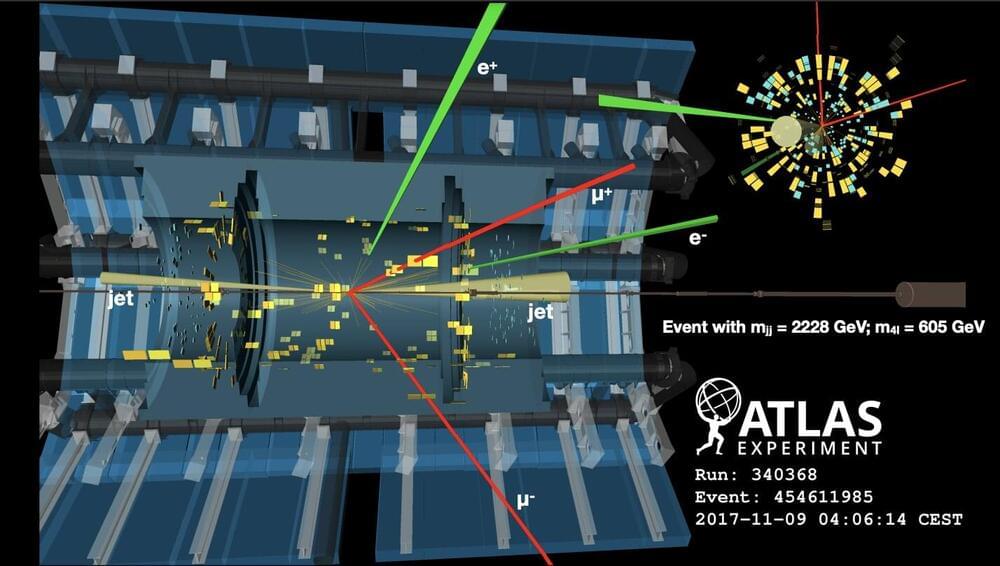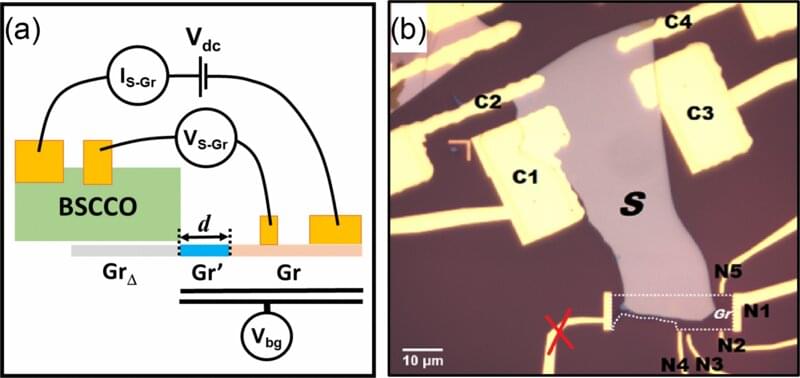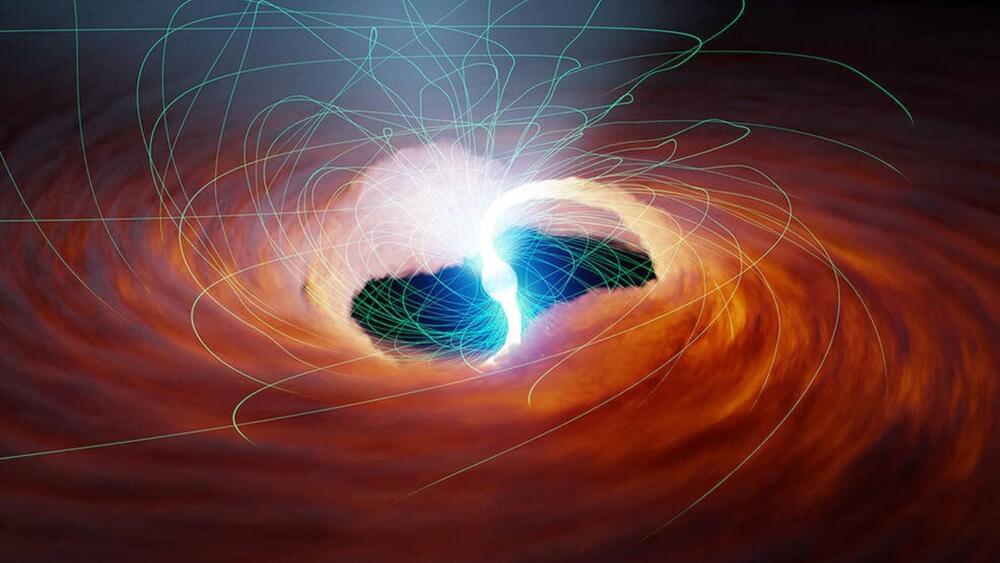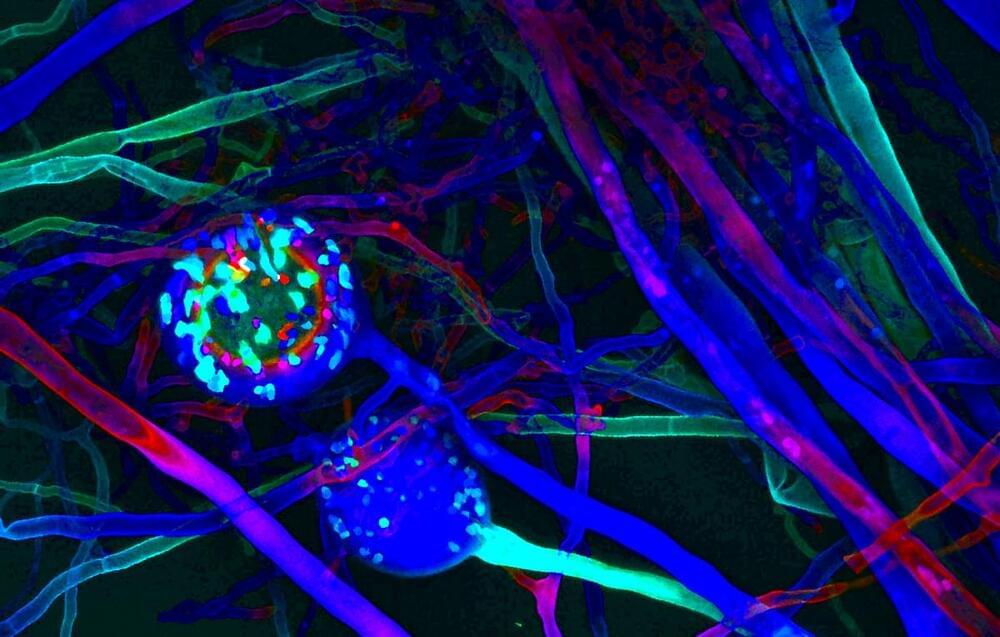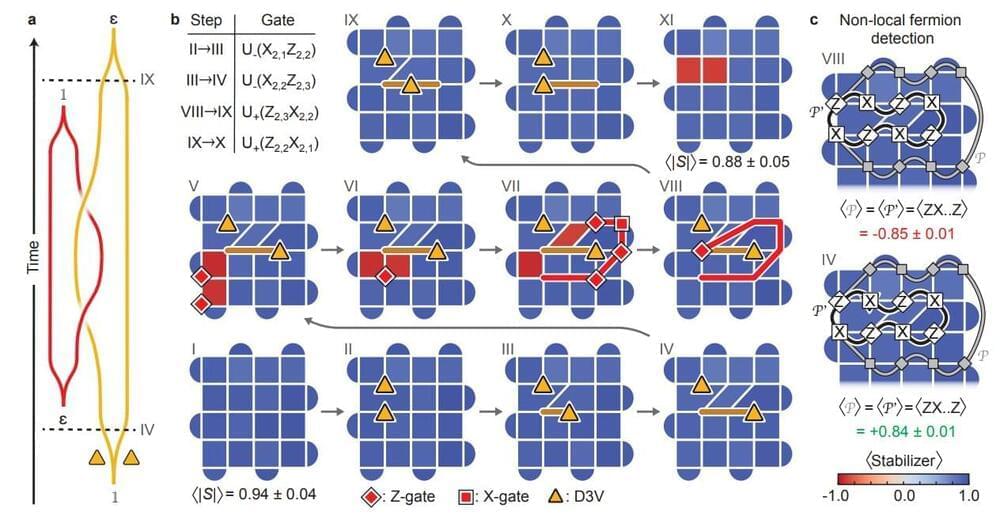Apr 14, 2023
The ATLAS collaboration observes the electroweak production of two jets and a Z-boson pair
Posted by Saúl Morales Rodriguéz in category: particle physics
The ATLAS collaboration, the large research consortium involved in analyzing data collected by the ATLAS particle collider at CERN, recently observed the electroweak production of two Z bosons and two jets. This crucial observation, presented in Nature Physics, could greatly contribute to the understanding of standard model ℠ particle physics.
The SM of particle physics is a well-established theory describing the building blocks and fundamental forces in the universe. This model describes weak bosons (i.e., bosons responsible for the so-called ‘weak force’) as mediators of the electroweak interaction.
The scattering of massive weak bosons, such as W and Z bosons, is constrained specifically to interactions, where the mediators directly interact and scatter off each other. This scattering, also known as vector-boson scattering (VBS), also involves a type of Feynman diagrams or vertices known (i.e., quartic gauge vertices) that physicists have so far been unable to experimentally probe through other physical processes.
